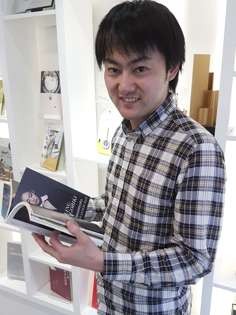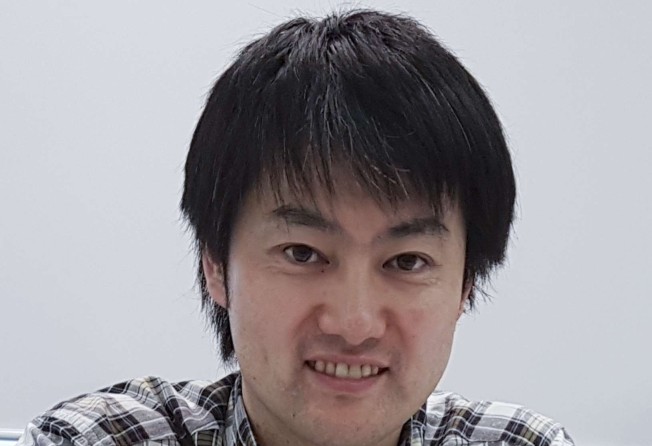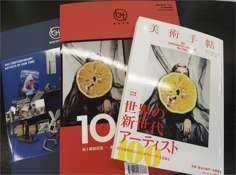
West still determines views and value of Asian contemporary art, editor says
Teiya Iwabuchi, whose magazine covers art in East Asia for regional and international readerships, notes rise in events and gallery openings and growing global interest in Asian and Middle Eastern art

Teiya Iwabuchi, editor-in-chief of Japanese art magazine Bijutsu Techo, believes Asian art has come into its own and no longer needs the West to endorse its value for its future growth and development. SCMP.com caught up with him ahead of Art Basel Hong Kong.

Today, even though Asian contemporary art is getting more attention and recognition, collections and exhibitions of this genre are still few and far between, especially when compared with how Western contemporary art is collected and shown in the United States and Europe.
At the moment, the value of Asian contemporary art is still very much determined by how it performs in the market. This is both its strength and weakness, in that its value is mostly market-driven.
In our latest issue [to be launched at Art Basel Hong Kong], we feature three different movements [Gutai, Mono-ha from Japan and Dansaekhwa from Korea] that form part of the current art trend; these styles are at the heart of the market at the moment.
Things are changing, with major art events in the region such as the Gwangju Biennale and the recent opening of the National Gallery Singapore. The development of Asian contemporary art has started to pick up pace.
What is your view on the relationship between art and money today?
The market has a polarising effect; those who already sell well will sell even better, while unknown artists will remain unknown and be stuck in the rut. Secondly, this market is, primarily, a Western market; even with established [Asian] artists whose work is recognised ... it is assessed, evaluated and endorsed by Western and not [Asian] collectors or cultural institutions. This is an issue that needs to be addressed.

When I took over as editor-in-chief [in 2008, at the age of 32], even though I’d included popular artists like Yoshitomo Nara and Takashi Murakami in our editorial coverage to reach a wider readership, Bijutsu Techo remained a niche publication. I [started to study] anime-influenced works by Murakami and looked at Japan’s pop culture through the eyes of these artists.
But pop culture is ephemeral in the sense it is constantly changing and shifting. Part of the role of our publication, on the intellectual level, is to document these changes. On a practical level, we want to use that content to draw more readers.
Which region - Japan and Korea in the north, greater China and Southeast Asia - interests you most art-wise and why?
It’s difficult to generalise because the region is so diverse in terms of language, culture and history, probably more so than Europe or the US. Because of this diversity and the differences, our publication has to be in touch with what’s happening in different countries all the time, which is a lot of hard work.
Our primary focus at the moment is still contemporary art in Japan and Korea; but the Japanese and international editions together cover art from the whole region, weighing between the Asian and Western perspectives.
How do you see the development of Asian art in the future?
It will take a long time for Asian art to catch up [in terms of global recognition] but interest in art coming out of this region, and the Middle East, is growing.